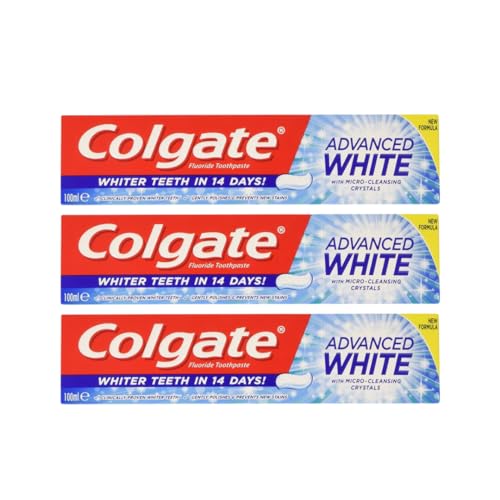Can Toothpaste Cause Gum Recession?
Toothpaste is an essential part of our daily oral hygiene routine. It helps to clean our teeth, prevent tooth decay, and freshen our breath. However, there have been concerns about the potential harmful effects of toothpaste, including its role in causing gum recession. In this article, we will explore whether toothpaste can indeed contribute to gum recession and what steps you can take to maintain healthy gums.
Understanding Gum Recession
Gum recession, also known as gingival recession, is a condition where the margin of the gum tissue surrounding the teeth wears away or pulls back, exposing the tooth root. This can lead to tooth sensitivity, an increased risk of tooth decay, and an undesirable aesthetic appearance.
According to research, gum recession can be caused by several factors, including poor oral hygiene, aggressive brushing, genetics, gum disease, hormonal changes, and certain medical conditions. While toothpaste is not typically identified as a direct cause of gum recession, some ingredients in toothpaste may contribute to the condition indirectly.
Potential Risk Factors in Toothpaste
Some toothpastes contain abrasive ingredients, such as silica and baking soda, that are designed to help remove stains and plaque. While these abrasives can be effective in cleaning the teeth, excessive or aggressive brushing with an abrasive toothpaste can potentially contribute to gum recession. The abrasive particles may wear away the enamel on the teeth and irritate the gum tissue if used with excessive force.
Fluoride is another common ingredient in toothpaste that has been associated with gum recession. While fluoride has proven benefits for preventing tooth decay, studies have suggested that excessive and prolonged exposure to high levels of fluoride may contribute to gum recession. This is a concern particularly in areas with high levels of naturally occurring fluoride in the water supply.
Maintaining Healthy Gums
While toothpaste may have potential risks, it is important to note that gum recession is primarily caused by poor oral hygiene and gum disease. To maintain healthy gums and decrease the risk of gum recession, it is crucial to practice proper oral hygiene habits.
Here are some steps you can take to keep your gums healthy:
- Brush your teeth twice a day using a soft-bristled toothbrush and gentle, circular motions. Avoid aggressive brushing and use a toothpaste with a lower abrasiveness level.
- Floss daily to remove plaque and debris from between your teeth and along the gumline. Be gentle when flossing to avoid damaging the gum tissue.
- Use an antibacterial mouthwash to help reduce bacteria in your mouth and prevent gum disease.
- Eat a balanced diet that is rich in fruits, vegetables, whole grains, and lean proteins. Avoid sugary and acidic foods that can promote tooth decay and gum inflammation.
- Visit your dentist regularly for professional cleanings and check-ups. Your dentist can identify and address any early signs of gum disease or gum recession.
The Bottom Line
Toothpaste is an important tool in maintaining good oral hygiene, but it is unlikely to be a direct cause of gum recession. Poor oral hygiene and gum disease are typically the primary culprits. However, some abrasive toothpaste ingredients and excessive exposure to fluoride may contribute to gum recession indirectly. By practicing proper oral hygiene habits and visiting your dentist regularly, you can reduce the risk of gum recession and ensure the long-term health of your teeth and gums.





